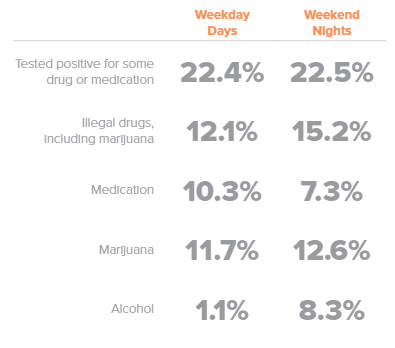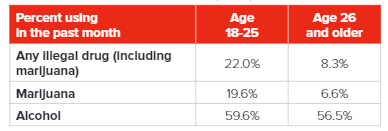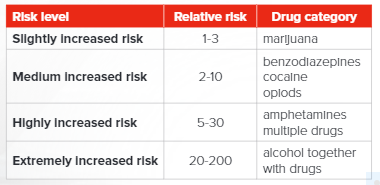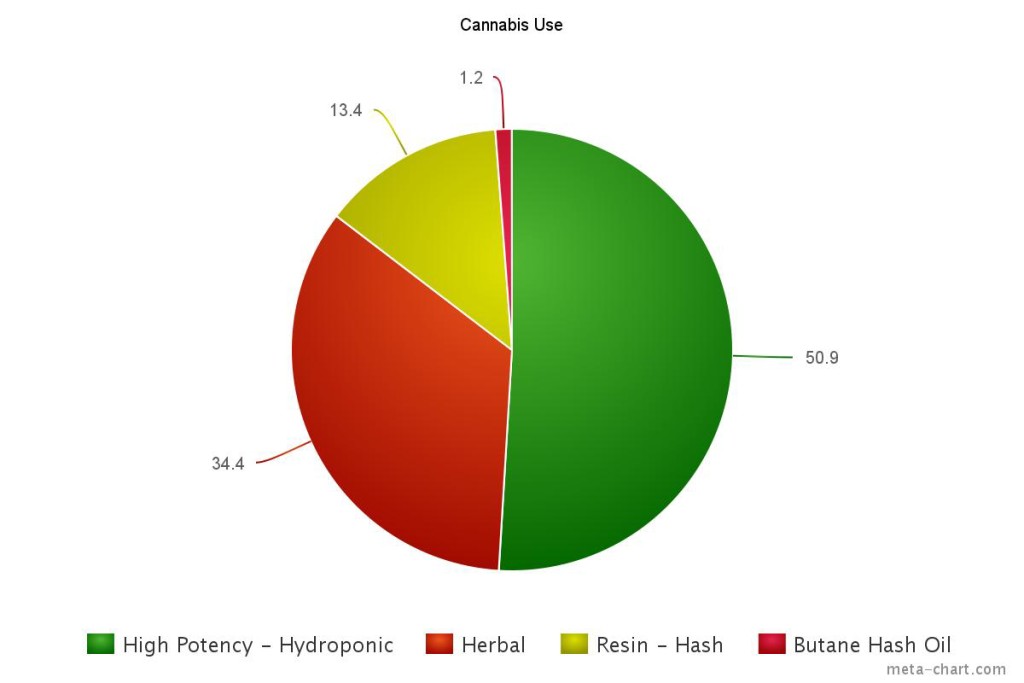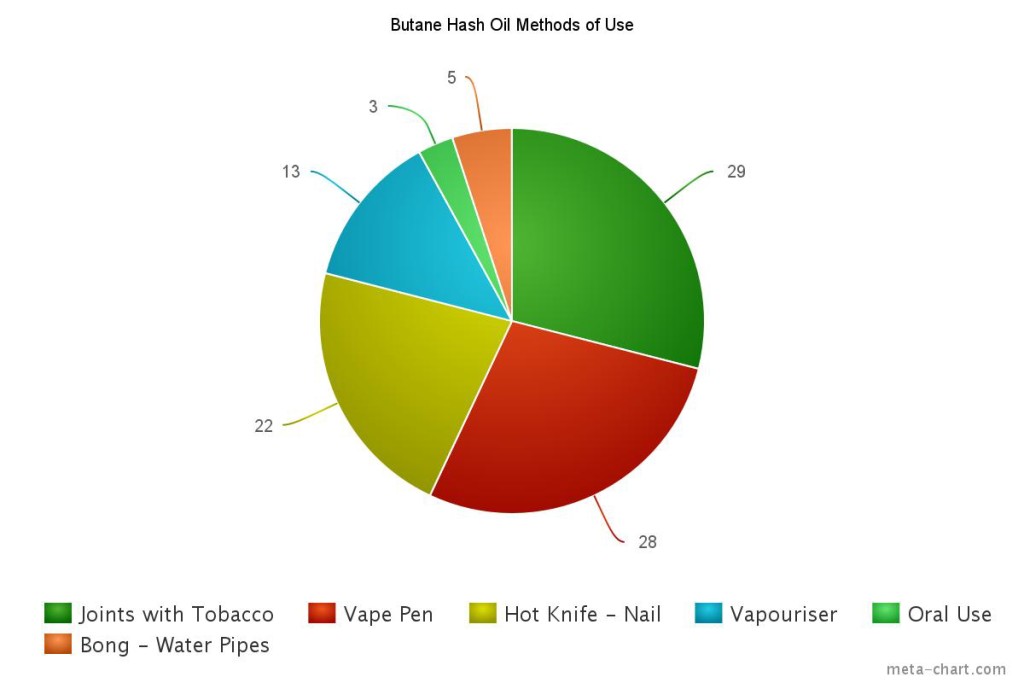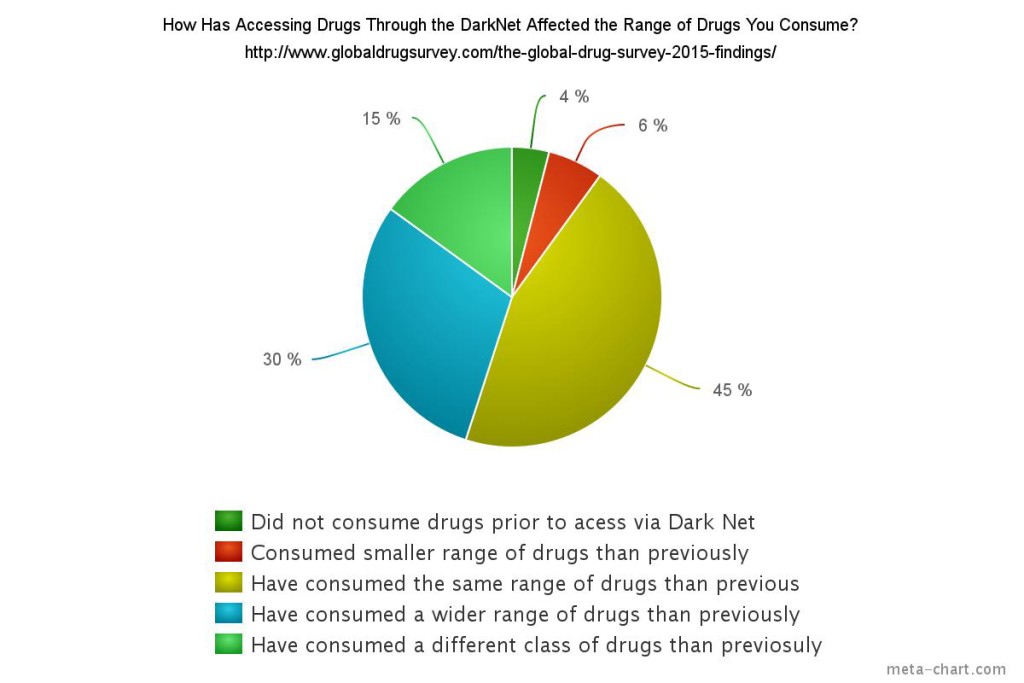1-12-2015
Reasonable Suspicion Training for Supervisors
What is “reasonable suspicion training for supervisors”?
Business owners who maintain drug free workplaces and/or supervisors of employees who are subject to reasonable suspicion drug testing need to be educated about their role in the drug free workplace, and understand how to properly intervene in situations where they believe an employee may be abusing drugs. Unfortunately many companies “wing it” when dealing with employees who they suspect may be under the influence of prohibited substances. This often leads to ineffective handling of the situation, and may leave the company vulnerable to a lawsuit if improperly handled. What is reasonable suspicion training for supervisors?
At a minimum, an effective training program would include:
- Overview of the role of the supervisor in the drug free workplace. Supervisor’s should understand what is and isn’t expected of them.
- Information about federal requirements, if your company is regulated, or receives funds from the federal government. If you don’t know whether or not your company is federally regulated use the DOT’s handy online check tool here.
- Information about the effects of drug abuse in regards to safety in the workplace, and the negative effects of use on the individual and society.
- Overview of the the drug and alcohol testing process
- How to spot common signs and symptoms of drug or alcohol abuse
- Overview of common drugs of abuse and their effects of use and abuse
- An understanding of the difference between performance-based (long-term use) and crisis interventions (under the influence)
- How to intervene and interview the employee
- How to avoid enabling behavior
- How to properly document observations
Untrained supervisors can be a liability to your organization.
Who needs reasonable suspicion training?
Any business owner, employee or supervisor who has the ability to initiate a reasonable suspicion drug or alcohol test in the workplace.
How do I know if I’m required to take the training?
It’s a federal requirement (FMCSA, FAA, PHMSA, FTA, USCG as well as DOE) to ensure that any employee with the authority to initiate a reasonable cause test complete 60/60 min. drug/alcohol training awareness and reasonable suspicion signs and symptoms training. Failure to complete training is a violation of federal law. See dot regulations. However, any company with a drug testing policy that allows for reasonable suspicion drug testing should have their supervisors trained. Training will result in a more effective drug testing program and may reduce your exposure to lawsuits.
Why should your company incorporate reasonable suspicion training for supervisors?
Recently drug use is on the rise. (see WSJ) and employees who abuse substances may go to great lengths to hide their use. Millions of full-time worker’s are abusing drugs today. Substance abusers are less productive, use more healthcare, and can be a danger to your employees and the general public.
Past month heavy alcohol use among adults aged 18 to 64 employed full time, by industry category: combined 2008 to 2012 – SAMSHA.
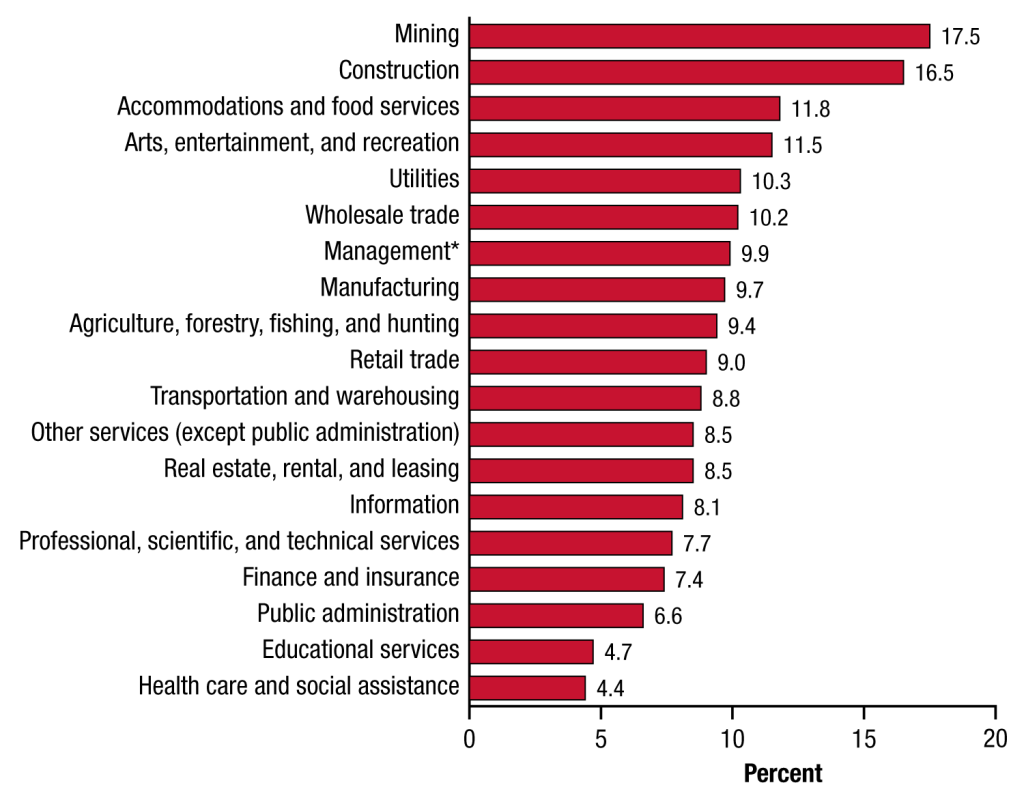
What’s the best method to train my staff?
There are a variety of methods you can perform training. In-person via a drug testing consultant, via DVD, or online (AtHandTraining offers DOT and drug free workplace versions here). Each has their own benefit however, we here at AtHandTraining provide only online training for the following reasons:
- Supervisors should be trained as part of their on-boarding process. Online training can be easily incorporated into that process.
- It can be costly to pull an employee off their job site to take in-class training. Time is money.
- Cost. It’s less costly than hiring a consultant
- Updated information. DVD-based training can seem outdated and contain old statistical information.
- Interactive. Online training requires the attention of the student in order to progress.
- Interactive content and quizzes
- Pay as you go.
How often should I require training?
Unless your regulated by the FAA (who requires 12-18 month recurring training), DOT supervisors only need to take 60 minutes or drug and 60 minute of alcohol (total 2 hours) once during their employ. DOT best practices recommend retraining every two years. We recommend retraining for all drug free workplace supervisors every two years.
Regardless of what method you choose just be sure to utilize formal training of some sort to help maintain an effective drug testing program providing a safer workplace for your employees.
While you’re at it, you might consider ensuring your employees fully understand prohibited behaviors by enrolling them in a drug and alcohol awareness course.
AtHandTraining.com provides awesome online training for reasonable suspicion training for supervisors and employees subject to drug and alcohol testing.
Buy now and begin training in minutes!
$37 or Less – Buy DOT Supervisor Course
$11 or less – Buy DOT Employee Drug Awareness Course
